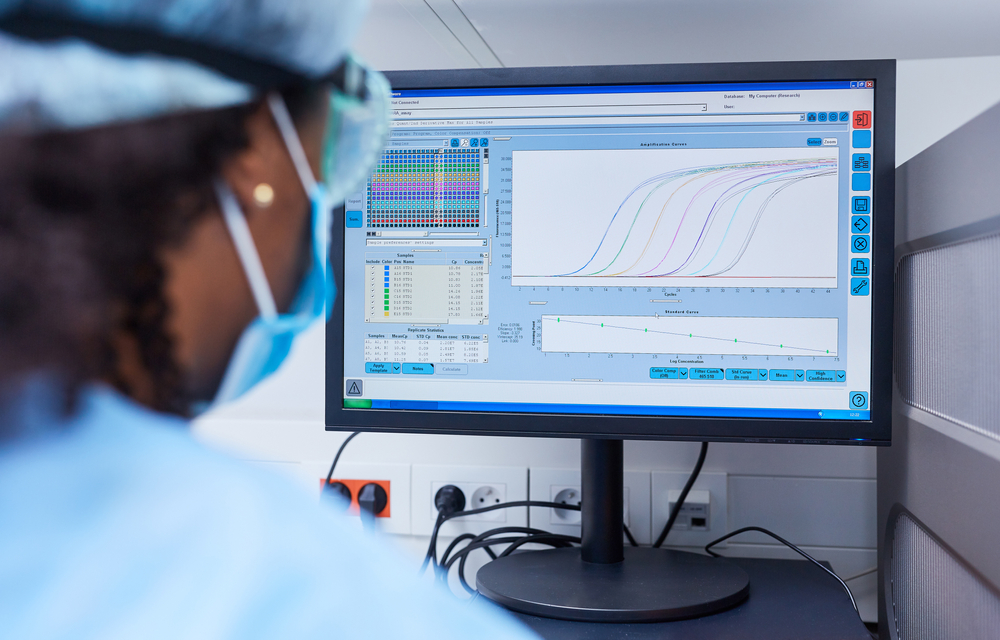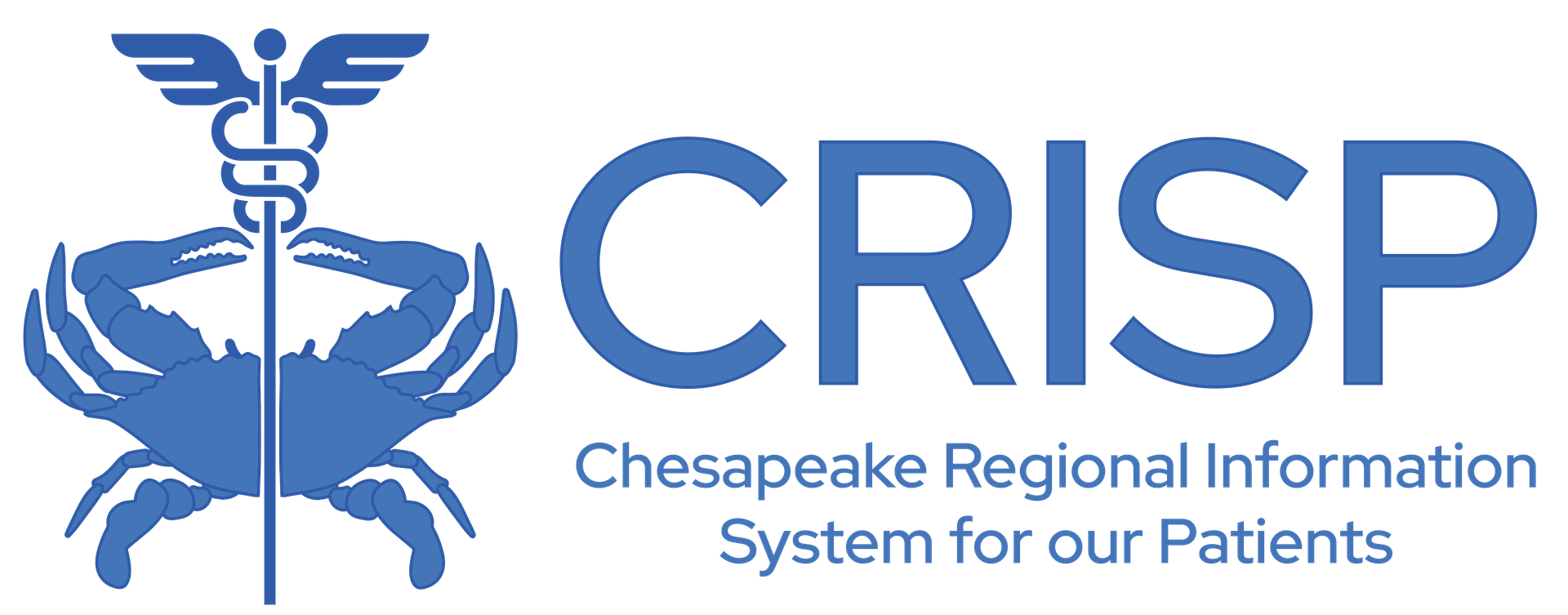
Search

Download Full Report
Our nation’s health depends on the acceleration of our collective understanding of disease, therapeutics and procedures, and the administration of healthcare services to address them. To that end, the ability to collect and measure increasingly precise healthcare data is critical. Efforts such as those undertaken by clinical registries serve a vital function in meeting these goals. The purpose of this project was to explore ways to support a new vision of clinical-registry data management that could help to accelerate the pace of discovery and innovation borne from clinical registries.
A new FHIR IG was developed for clinical registry submission. The Clinical Registry Extraction and Data Submission (CREDS) IG was designed to be registry-agnostic, allowing the sponsors of any registry to leverage it for their specific needs. With this IG in hand, the project explored on how registry operators, HIEs, EHR vendors, FHIR, and interoperability can support the value and effectiveness of registries, thus addressing the last two outcomes.
The project demonstrated “net new” capabilities in a technology proof of concept, formally presented at an HL7 FHIR Connect-a-thon—including how to use FHIR to collect as much of the required data for a single cardiac-focused clinical registry electronically, the American College of Cardiology’s (ACC) CathPCI registry, and then how to submit registry reporting to FHIR endpoints that were established by ACC for the project.
Through this work, the project explored four hypothesis related to the use of FHIR for clinical registry submission:
- Hypothesis 1: HIEs can provide useful historical data for the CathPCI registry use case on consistent basis.
- Hypothesis 2: Registries can utilize the new FHIR IG as an improvement over the status quo, where no universal standards exist.
- Hypothesis 3: Registry vendors, representing an established market, are willing to invest in FHIR-based reporting because they see the benefits. They need demonstrated learnings and examples to adopt and innovate.
- Hypothesis 4: Hospitals can benefit from accessing specific CathPCI patient data when it’s available at the point of care.
The result was to demonstrate technical feasibility of the use of FHIR for registry submission. The project also demonstrated that real efficiencies may be gained by the use of FHIR for submitting data to the CathPCI registry specifically. Insights were gained about the benefits and limitations of relying on FHIR and clinical data native to EHRs and HIEs.

